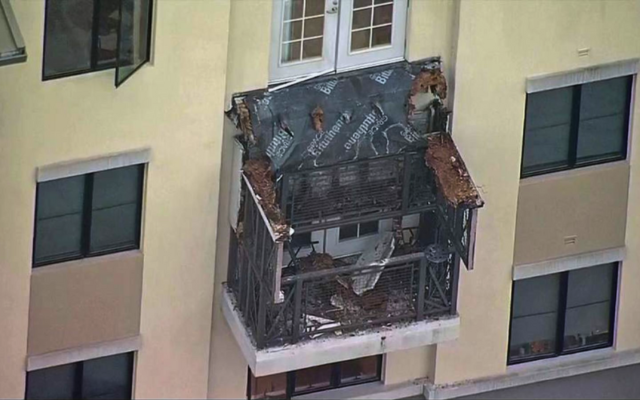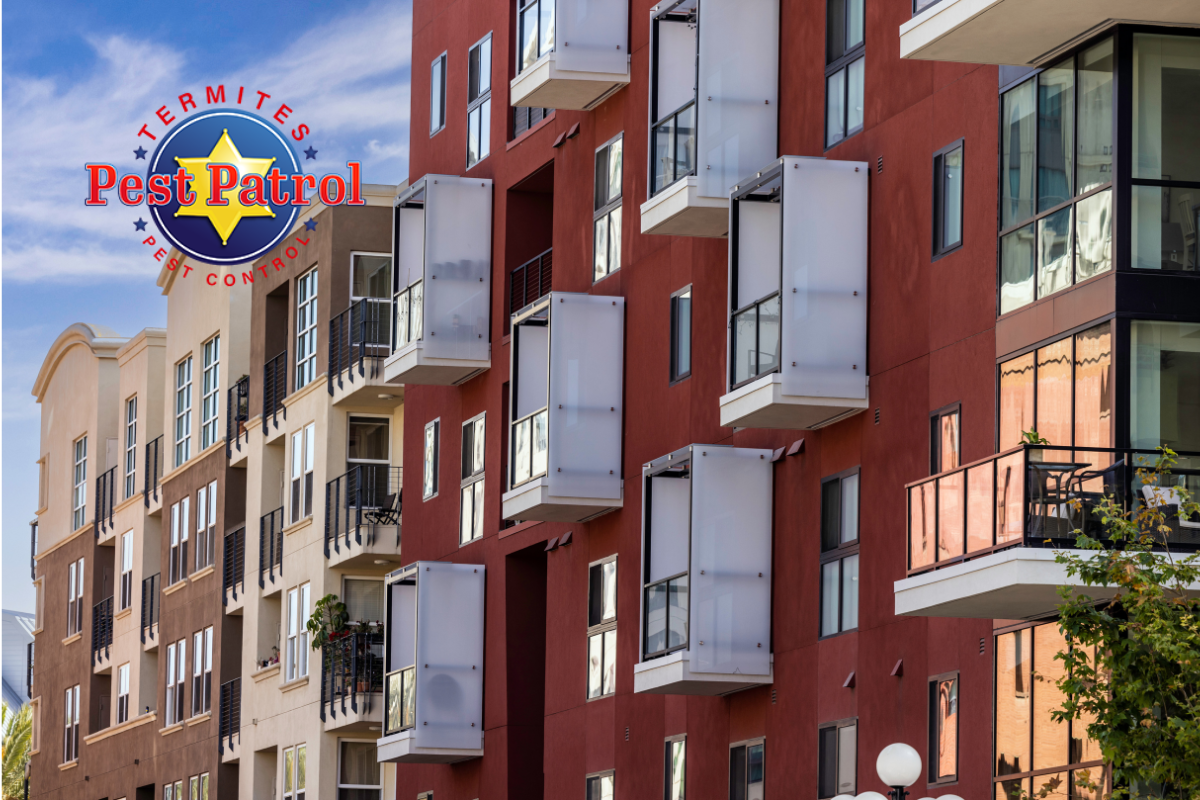What is The Balcony Inspection Law in California
Introduction – What is SB721? In 2018, the California Senate passed bill SB 721 following the deadly collapse of a balcony caused by dry rot in load-bearing supports. This bill imposes new deck, stair and balcony safety standards for apartment property owners, managers, condo associations, HOAs, and landlords. When is the SB 721 deadline? The new bill is slated to take effect as law on January 1, 2025. We will outline who is affected by SB 721 and what criteria deck and balcony inspectors must follow moving forward.

Who is Affected by SB 721
According to the new bill, all multi-family residential buildings with three or more dwelling units will require inspection and repair of all (or partly) wood structural exterior elevated elements like stairs, decks and balconies. Structural damage includes This will affect apartment owners/managers, condo associations, HOAs, property managers and multi-family property landlords. This will affect all metropolitan areas in California including counties like Los Angeles, San Diego, Orange County, Oakland and San Francisco. California legislature defines “exterior elevated elements” in SB 721 as:
“Exterior elevated element” (EEE) means the following types of structures, including their supports and railings: balconies, decks, porches, stairways, walkways, and entry structures that extend beyond exterior walls of the building and which have a walking surface that is elevated more than six feet above ground level, are designed for human occupancy or use, and rely in whole or in substantial part on wood or wood-based products for structural support stability of the exterior elevated element”
SB 721 Balcony Inspection Deadline and Timeline
If you have elements that fall within this scope, you will be subject to inspection starting January 1, 2025. Subsequent inspections will be required every six years after your first inspection. There are no exceptions based on age, and the inspection is required for new builds as well. All associated waterproofing and supports are subject to inspection for water damage, termite damage, dry rot, rust and corrosion.
Balcony Inspection Checklist
If your building falls within the SB 721 requirements for exterior elevated elements, follow the checklist below.
- Get an inspection: The inspection report of EEEs must be performed by a licensed architect, civil or structural engineer, licensed building contractors or a certified building inspector.
- Repair if necessary: If the inspection report reveals that SB 721 repairs are needed, it will be classified under two categories: “Immediate Action Required” OR “Repairs Required”
- For “immediate action” repairs, the inspector has 15 days to notify the building owner and local building department. If repairs are not completed with 180 days, the inspector must issue a 30-day warning. Upon expiry, a safety lien and penalties ($100-500 dollars for every day the repairs) will be imposed.
- For “Repairs required,” the lesser of the two warnings, the owner has 120 days to obtain a building permit and an additional 120 days to complete the necessary repairs. The same above penalties will be imposed if the repairs are not completed in time.
- The inspector must keep reports for two inspection cycles (12 years) and must be presented upon request by jurisdictional officials
Why Perform Balcony Inspection for Termites
In San Diego County, termites can cause serious damage to load-bearing beams, decks, balconies and other wooden structures. If your inspector deems repairs necessary, Pest Patrol can assist with any termite damage repair, structural and cosmetic. Here’s what to look for when it comes to balcony damage from water moisture, dry rot and termites:
- Frass i.e. termite droppings
- Swollen floors, beams and structural wood members
- Buckling, creaking or dry rot wood from water damage
- Mud tubes and subterranean termite tunnels
- Termite wings
Balcony Inspection Costs
The cost of a balcony inspection by a certified inspector can range from $300-$500 per balcony. Structural engineers will have higher hourly rates compared to architects, or licensed contractors. The size of the balcony or deck will also be a major consideration in inspection costs.

